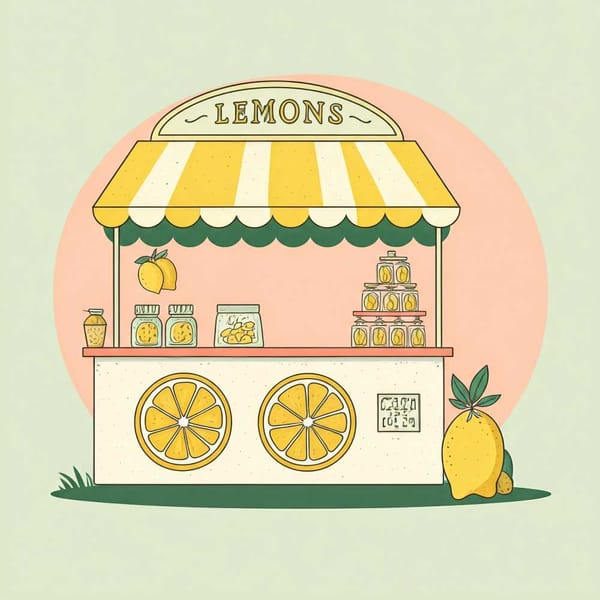Federico Fellini's classic "La dolce vita" returns in a restored version
The masterpiece starring Marcello Mastroianni is still today an uncomfortable, disruptive film, which despite being so dated in so many details is still essentially contemporary.

Today, almost 60 years after its premiere, La dolce vita - which as of this week returns in a restored version by the Cineteca di Bologna to a handful of theatres in Buenos Aires and the interior of the country - no longer has anything scandalous or obscene about it, as it was described at the time by L'Osservatore Romano and other conservative newspapers loyal to the Vatican curia, which only helped to boost the popularity of a film that has since become iconic.
But Federico Fellini's Capolavoro is still an uncomfortable, disruptive film, which despite being so dated in so many details - from the costumes to the characters' habits - is still contemporary at its core. La dolce vita continues to speak, like no other film before it or since, of the noise of the world, of that permanent rumor of the present - a media rumor, hollow, advertising, today amplified more than ever by social networks - that distances and distracts the protagonist from the essential: from his feelings, from his deepest desires, from his identity.
In this sense, it is a moralistic film, "provincial" even as his colleague and friend Roberto Rossellini once called it. Fellini was. He never stopped seeing Rome, his adopted city, through the eyes of that boy who arrived at the legendary Termini station from the town of Rimini, on the Emilia-Romagna coast, at the age of 18. Who else could have that astonishment for a Via Veneto that in his eyes looked like a circus in permanent function, a parade of sophisticated fairground attractions, very different indeed from the dilapidated tents that dazzled him in his childhood? He saw how the city changed before his always lucid, attentive, sharp look.
"I arrived in Rome by train in 1938," said Fellini. "A city that one has dreamed of and hoped to see for years and years is always different from the image one has formed of it. What impressed me most, then, was the climate, the heat, the slow pace of the walkers, their black and fleeting eyes, the hoarse voices, the dialect, the children in the streets (...) Rome appeared to me as the Mediterranean city par excellence, as a true mother, unaligned, lavishing her affection, showing that severity and that familiarity that only a mother can manifest at the same time".
But Fellini did not miss the deepest features of Rome even then when he was so young. "The life of a metropolis is defined above all by who lives there. Here a constant expression prevails on everyone's face, as visible as a freckle: doubt. It deforms the lips and makes them look heavier, which turns into cunning and malicious. In Rome, skepticism is a doctrine in itself, an attitude that does not need to be learned. The Roman is born skeptical, as others are born brown or blond. Children themselves are skeptical. The air they breathe, the milk they suck, the high walls oozing with dirt that accompany them even to school, engender in them profound doubts that penetrate their souls and mark their faces from the most tender age.
As Roman as he may seem in his carefree and skeptical attitude, Marcello Rubini, the protagonist of La dolce vita -- embodied by Marcello Mastroianni at the height of his talent and elegance -- is also, despite his apparent dismissive and cynicism, a provincial like Fellini. His alter ego, as he would later be in 8 and ½ (1963) and The City of Women (1980). It is through his keen eyes as a journalist, as a privileged observer of reality, that Fellini looks at Rome. And he sees it as frivolous, cruel, and soulless. Sleepless Marcello, for whom there seems to be no difference between night and day, goes through the twelve episodes of La dolce vita - because, for those who don't remember it or haven't seen it, it is an episodic, fragmentary film, still modern in its anti-Aristotelian construction - like someone walking the stations of a Way of the Cross.
It does not seem to be by chance that the prologue is that famous journey of an enormous statue of Jesus Christ that crosses the sky of Rome hanging from a helicopter and followed by another in which Marcello travels accompanied by his inseparable Paparazzo, who does not give his camera a moment's rest. Downstairs, in the slums, the children scream and run, trying in vain to catch up with them, while on the terrace of a well-to-do quarter some girls in bikinis catch Marcello's eye, always ready to be distracted from their task by the women who are looking for him and besieging him.
The most famous episode of La dolce vita is still that of the Trevi Fountain, with Mastroianni and Anita Ekberg immersed in those baptismal waters. And there is a reason why - because of its beauty, its tenderness, its poetry - those few minutes have transcended the film itself, becoming autonomous. But beyond the tragic episode of Steiner (Alain Cuny), which marks a before and after in Marcello's relationship with himself (because it was in this man who takes his own life that he saw a model, a path to follow, moving away from the journalism of banalities to the writing of a novel), there are other chapters of his Way of the Cross that are nevertheless more dazzling today.
From an almost purely formal point of view, the fierce argument between Marcello and his possessive lover Emma (Yvonne Furneaux) becomes hypnotic thanks to Fellini's almost dreamlike staging. An exterior night illuminated by blinding spotlights like those of a set -extraordinary work by the photographer Otello Martelli, now revalued by the restoration- makes this route outside the walls a space out of time, a fairy tale, accentuated by a sustained organ chord in one of the many geniuses of the soundtrack composed by Nino Rota, Fellini's inseparable collaborator. The most notorious break with the author's previous post-neorealist stage is here, on this transfigured night.
Another unjustly forgotten episode of La dolce vita is the scene of a supposed miracle. On the outskirts of Rome, two children claim to have seen Our Lady and that she announced to them that she would reappear to leave them a message. Together with the hordes of journalists and the lights of the television, a court of the sick and the needy came to the place to ask also for their salvation. Accompanied by Emma, moved by the spectacle, Marcello becomes aware - and with him the spectator - of the sacred and profane forces that are confused in this scene where the supernatural seems to come from the archaic land they are treading, suddenly converted by a storm into a gigantic mire, from which they all flee, leaving behind them invalids and suffering.
"The dolce vita wants to be, at the same time, a testimony and a confession," Fellini said at the time. "I tried to speak of a society that no longer has passion, that no longer has anything in its belly. I wanted to make a film that gives courage, that forces us to look at reality with new eyes, without being diverted by myths, superstitions, ignorance or sentimentality". By then, Fellini was barely 40 years old (his 100th birthday will be celebrated in a month). He had already directed six features - including Los inútiles (1953), La strada (1954), and Las noches de Cabiria (1957) - and with La dolce vita he would win the Palme d'Or at the Cannes Film Festival in May 1960. A new stage in his work was opened amazingly. And a new adjective was beginning to be coined in the world, one that bore his name and was associated with excess and the extraordinary: "Fellinian". Nothing would ever be the same again.
Source: Pagina 12




